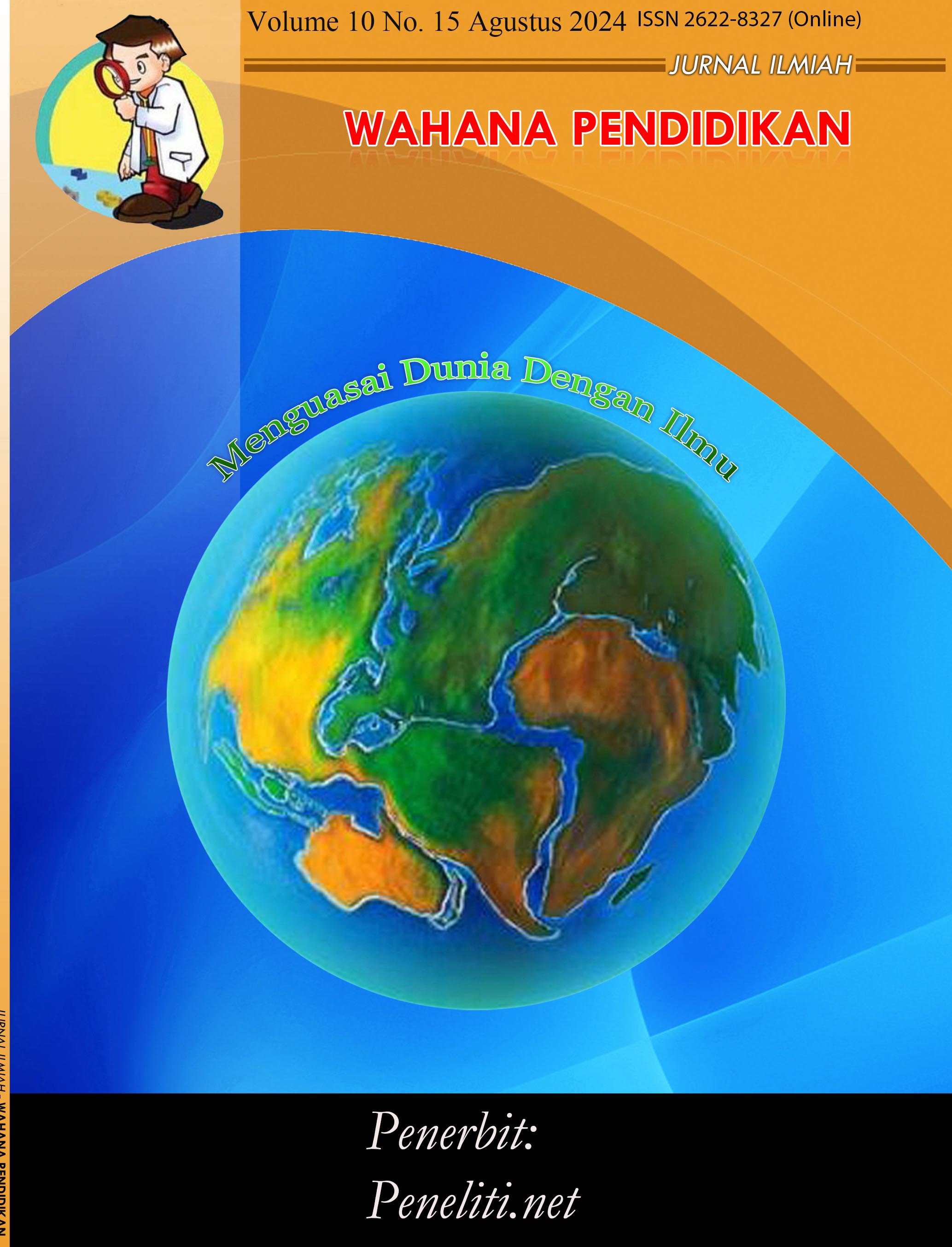Pengaruh Challenge Stressors, Hindrance Stressors, Network Ties, Shared Vision, Empowerment, dan Work Engagement Terhadap Innovative Job Performance pada Karyawan Shopee di Wilayah Jakarta Barat
Abstract
Penelitian ini bertujuan untuk menguji dan menganalisis variabel challenge stressors, hindrance stressors, network ties, shared vision, empowerment, dan work engagement yang berpengaruh positif terhadap innovative job performance pada karyawan shopee di Jakarta Barat. Sampel yang digunakan dalam penelitian ini berjumlah 125 responden. Teknik pengambilan sampel yang digunakan adalah purposive sampling. Data dianalisis dengan menggunakan metode Structure Equation Model (SEM). Hasil dari penelitian ini adalah: (1) Challenge Stressors berpengaruh positif terhadap Work Engagement, (2) Hindrance Stressors berpengaruh negatif terhadap Work Engagement, (3) Network Ties berpengaruh positif terhadap Work Engagement, (4) Shared Vision berpengaruh positif terhadap Work Engagement, (5) Empowerment berpengaruh positif terhadap Work Engagement dan (6) Work Engagement berpengaruh positif terhadap Innovative Job Performance.
References
Anshori, M., & Iswati, S. 2019. Metodologi Penelitian Kuantitatif: Edisi 1. Airlangga University Press.
Babakus, E., Yavas, U., & Karatepe, O. M. (2017a). Work engagement and turnover intentions: Correlates and customer orientation as a moderator. International Journal of Contemporary Hospitality Management, 29(6), 1580–1598. https://doi.org/10.1108/IJCHM-11-2015-0649
Babakus, E., Yavas, U., & Karatepe, O. M. (2017b). Work engagement and turnover intentions: Correlates and customer orientation as a moderator. International Journal of Contemporary Hospitality Management, 29(6), 1580–1598. https://doi.org/10.1108/IJCHM-11-2015-0649
Brady, L., & L Cunningham, C. J. (2019a). Challenge, Hindrance, and Threat Stressors: A Within- and Between-Persons Examination of General and Specific Stressor Appraisal Tendencies and A Priori Categorizations. http://scholar.utc.edu/iopsy
Brady, L., & L Cunningham, C. J. (2019b). Challenge, Hindrance, and Threat Stressors: A Within- and Between-Persons Examination of General and Specific Stressor Appraisal Tendencies and A Priori Categorizations. http://scholar.utc.edu/iopsy.
Corrêa Cavalieri, I., & Neves Almeida, H. (2019). Power, Empowerment and Social Participation- the Building of a Conceptual Model. European Journal of Social Science Education and Research, 5(1), 174–185. https://doi.org/10.2478/ejser-2018-0020
Joseph F. Hair Jr, William C. Black, Barry J. Babin, & Anderson, R. E. (2019). Multivariate Data Analysis (8 ed.). United Kingdom: Cengange Learning.
Kasim, N. M., Fauzi, M. A., Wider, W., & Yusuf, M. F. (2022b). Understanding Social Media Usage at Work from the Perspective of Social Capital Theory. Administrative Sciences, 12(4). https://doi.org/10.3390/admsci12040170
Krijnen, E., Van Steensel, R., Meeuwisse, M., & Severiens, S. (2022). Aiming for Educational Partnership Between Parents and Professionals: Shared Vision Devel-opment in a Professional Learning Community. In School Community Journal (Vol. 32, Issue 1). http://www.schoolcommunitynetwork.org/SCJ.aspx
Kurnia Sari, D., Yudiarso, A., & Christian Sinambela, F. (2021a). Work Engagement and Innovative Work Behavior: Meta-Analysis Study.
Kurnia Sari, D., Yudiarso, A., & Christian Sinambela, F. (2021b). Work Engagement and Innovative Work Behavior: Meta-Analysis Study.
Liang, H., & Fu, K. W. (2019). Network Redundancy and Information Diffusion: The Impacts of Information Redundancy, Similarity, and Tie Strength. Communication Research, 46(2), 250–272. https://doi.org/10.1177/0093650216682900
Sugiyono. (2018). Metode Penelitian Pendidikan (Pendekatan Kuantitatif, Kualitatif dan R&D). Bandung: Alfabeta.
Wood, J., Oh, J., Park, J., & Kim, W. (2020). The Relationship Between Work Engagement and Work–Life Balance in Organizations: A Review of the Empirical Research. Human Resource Development Review, 19(3), 240–262. https://doi.org/10.1177/1534484320917560




